Under construction for 15 years, the 35 mile long Gotthard tunnel located in Switzerland opened in 2016.
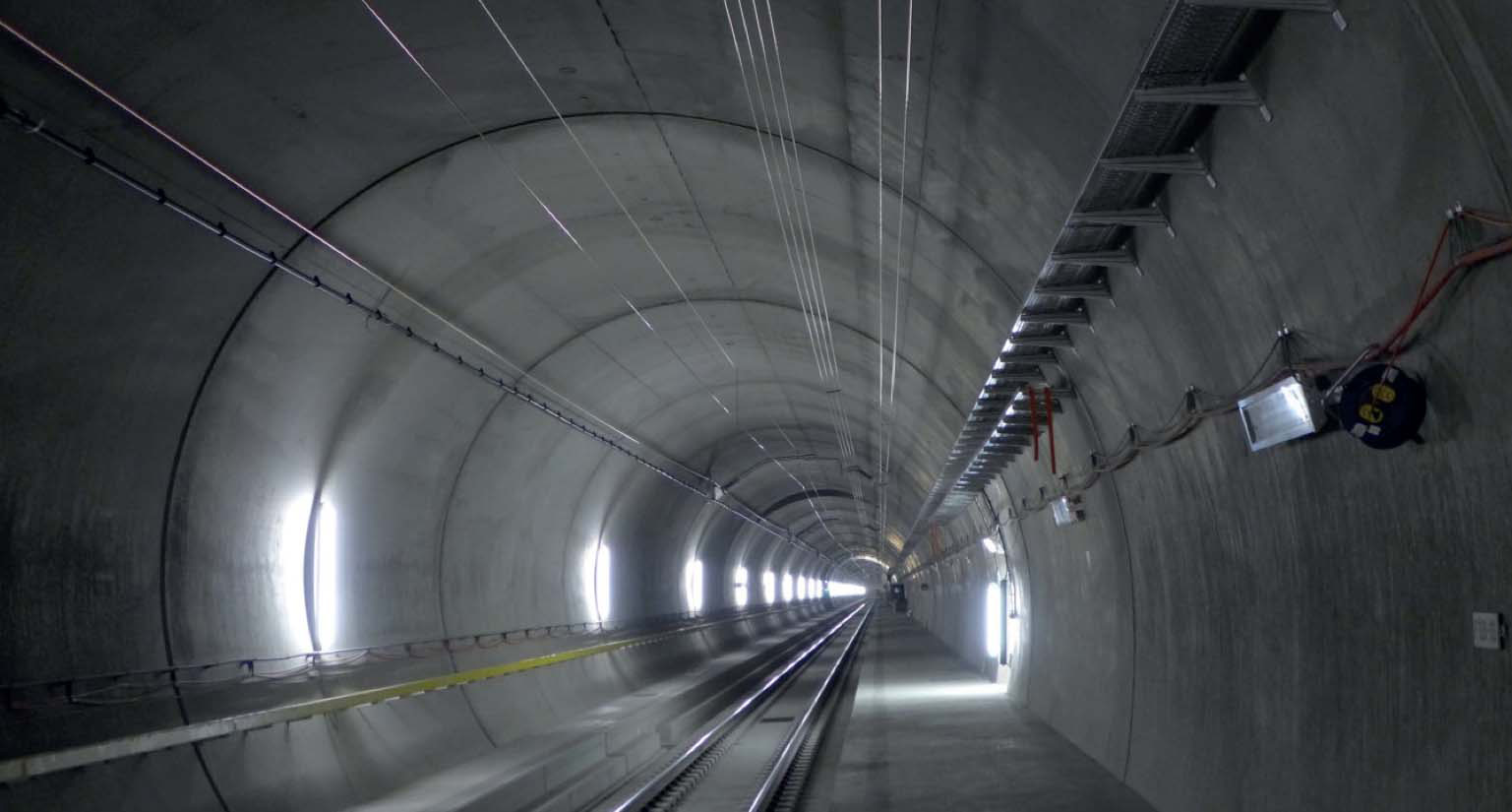
The Gotthard Base Tunnel impresses with many outstanding features:
- It is the longest railway tunnel in the world at 57 km and its tunnel run, with all the transverse and connection tunnels, stretches over 154 km.
- From 2016, passenger trains should have a top speed of 250 km/h, reducing the travelling time e.g. between Milan and Zurich to under 3 hours and should almost double the haulage capacity on the Swiss North-South Axis to 40 m tons of goods.
Operating a tunnel poses a huge challenge for engineers and operators. All products and solutions have to meet the highest requirements and have to work perfectly even under harsh ambient conditions. In particular, this applies to electrical enclosures and their thermal management, which are subject to extreme alternating pressure loads, temperature differences and are also exposed to dust and moisture.
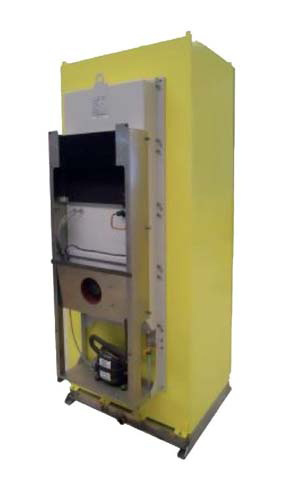 In close collaboration, Swibox and Pfannenberg have developed a special climate control concept for tunnel applications. Robust Swibox electrical enclosures with a pressure body which was developed especially to protect the cooling circuit and the side mounted cooling units with integrated controller and heater from Pfannenberg guarantee a high system uptime which are situated, in the 176 cross passages amongst other places.
In close collaboration, Swibox and Pfannenberg have developed a special climate control concept for tunnel applications. Robust Swibox electrical enclosures with a pressure body which was developed especially to protect the cooling circuit and the side mounted cooling units with integrated controller and heater from Pfannenberg guarantee a high system uptime which are situated, in the 176 cross passages amongst other places.
These electrical enclosure cooling units ensure that the thermal pressure of the electronic components integrated inside the electrical enclosures does not become too high and that they work safely and reliably throughout their whole service lives.
Electrical enclosures withstand every alternating pressure
The largest technical challenges were the high requirements to the system of protection of the electrical enclosure, IP65, and also the high alternating pressure load which is caused by the trains passing through. When entering the tunnel, the train pushes the air ahead of it, causing overpressure until the train passes by the cross passage where the electrical enclosures are standing. As soon as the train has passed, the overpressure transforms suddenly to a corresponding under-pressure.
All the electrical enclosures and the installed cooling units are exposed to the load of this alternating pressure of up to +/- 5 kPa. It had to be ensured that all devices can withstand this alternating pressure mechanically, simultaneously implementing the high system of protection.
It was possible to meet these requirements, thanks to the mechanical unit custom construction developed especially in cooperation with the company Swibox. This construction ensures a leak-proof separation of the surrounding (outer wall of the unit) and the inside of the electrical enclosure (unit inside), also under pressure load. A special feature here is the developed pressure body inside which the components of the inner cooling circuit are housed. Therefore, it was not enough to use reinforced sheet metal: the selection of a suitable material and the increased material thickness in combination with specially installed stiffening plates led to the desired compressive strength.
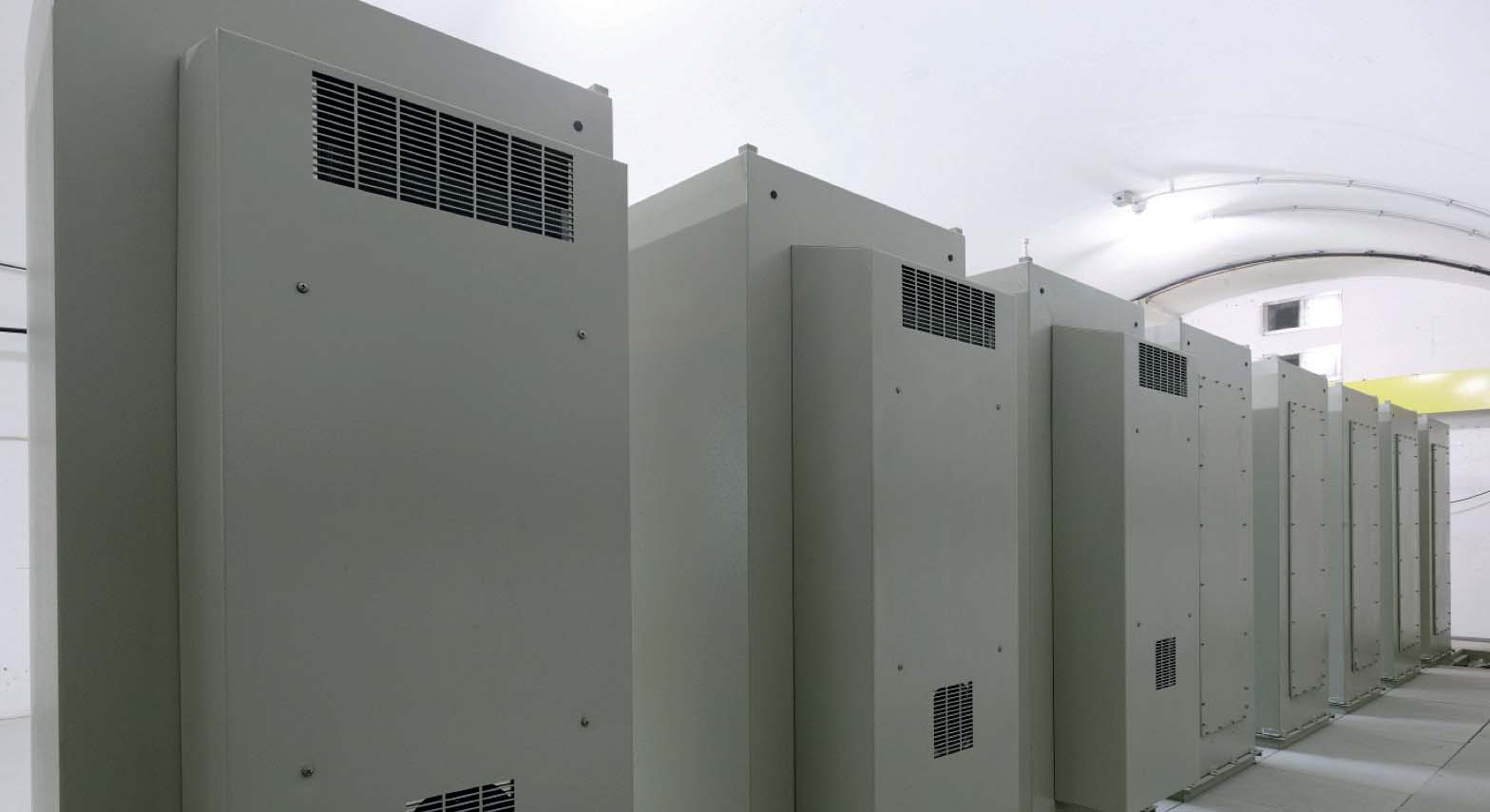
Climate control concept of electrical enclosures does not only mean cooling
Another challenge in tunnels is the ambient air. Large temperature differences ranging from -20 °C to +40 °C, maximum humidity of 100%, and ferrous abrasion of brakes, rails and contact lines in the ambient air increase the risk of corrosion and show how different a tunnel application is compared to standard applications.
Therefore, a special enclosure climate control concept had to be established for specifically this application. In addition to the cooling units, which are predominantly used inside the mountains (ambient temperatures up to +40 °C), Pfannenberg heaters also had to be installed in the portal sector (ambient temperatures to -20 °C). These heaters ensure that the temperature inside electrical enclosures does not fall below the so-called dew-point (the temperature that moist air has to drop to – by unchanged pressure – so that the amount of water dissolved in the air is precipitated as condensate). At the dew-point, the relative humidity is 100%; that means that the air is saturated with water vapour.
Pfannenberg’s new generation of controllers, designed especially for this project, were also installed. This is especially important to prevent unplanned failures and downtime and, by planning maintenance works in advance, to guarantee a high level of system uptime. The controllers are not only used directly inside the cooling units. The climate controller was also integrated into 500 other electrical enclosures without a cooling unit. This makes a temperature monitoring system possible, which, like the climate control units, can communicate with the tunnel control system and, if necessary, can be replaced with such, without having to reinstall the data transfer.
In 2010 the first cooling units were delivered to the company Swibox. In the meantime, all units have been delivered and will be installed one by one, together with the electrical enclosures, in the 176 cross passages of the Gotthard Base Tunnel. They have already been able to prove their reliability every day during the various test phases until the start of the scheduled railway operation on 2016.
Click here to read the full Case study!
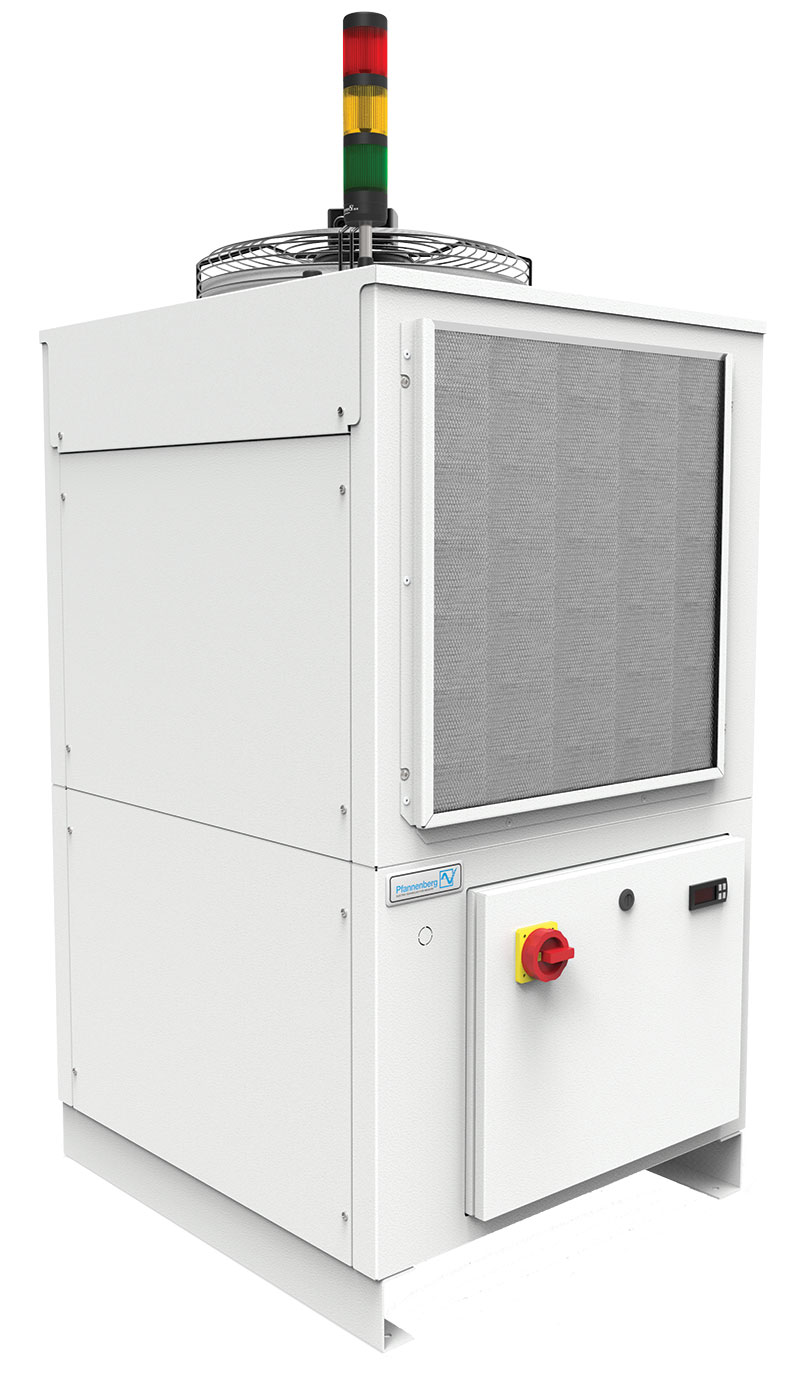



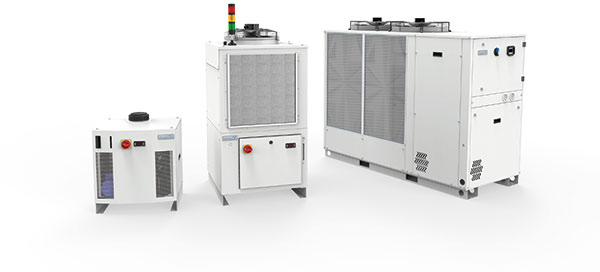

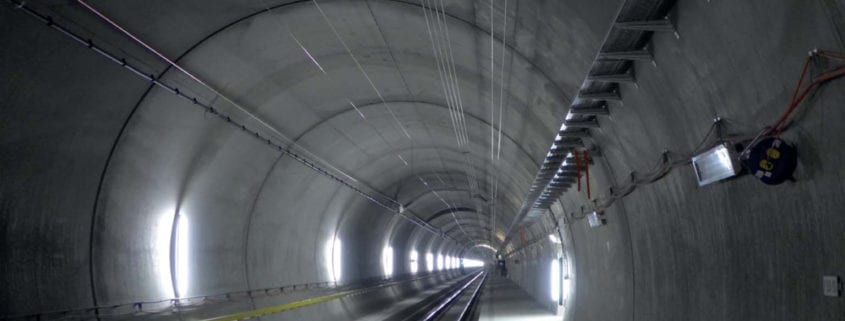



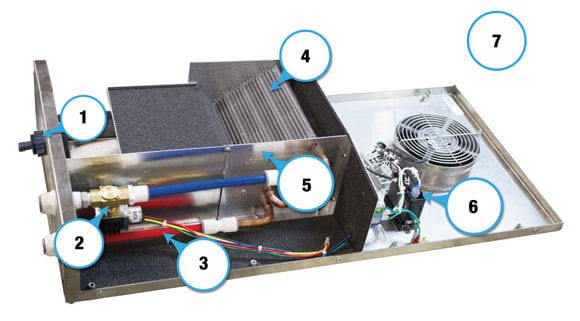

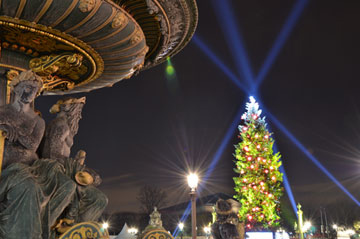
 Hamburg, December 2012 – The tallest Christmas tree in Paris, which stands at 35 metres high, has been shining at the Place de la Concorde since the 6th December.
Hamburg, December 2012 – The tallest Christmas tree in Paris, which stands at 35 metres high, has been shining at the Place de la Concorde since the 6th December.
